Is Your Porsche Macan Early, Mid, or Late Model? Thoughts from Driving an Early Macan Turbo
公開日:
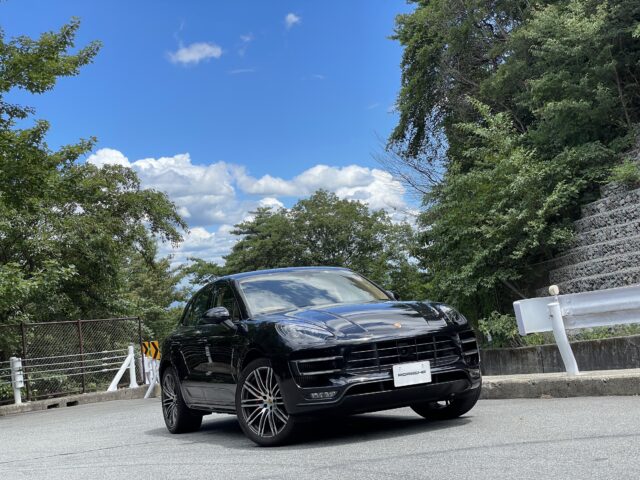
コンテンツ
A little while ago, a friend purchased a used early-model Macan Turbo. It’s a very well-maintained example, equipped with air suspension and a sports exhaust.
I’ve reported on the early Macan Turbo several times before, but this time I’d like to revisit it and also clarify the differences compared to the mid- and late-model versions.
Early Macan Turbo
The Macan has a long model history and has undergone two minor facelifts so far.
Currently, the new cars sold are what’s called the ‘late model,’ the generation before that with the connected left and right taillights is the ‘mid model,’ and the one with separate taillights is the ‘early model.’
This Macan Turbo is an early model. It has a V6 turbo producing 400ps and 550Nm of torque. Although it weighs close to 2 tons, its agility truly embodies what you expect from a Porsche.
Sitting in the driver’s seat after a while and starting the engine, it awakens with a spirited exhaust note—not as loud as the GTS, but still impressive. This kind of drama is unique to the early Macan.
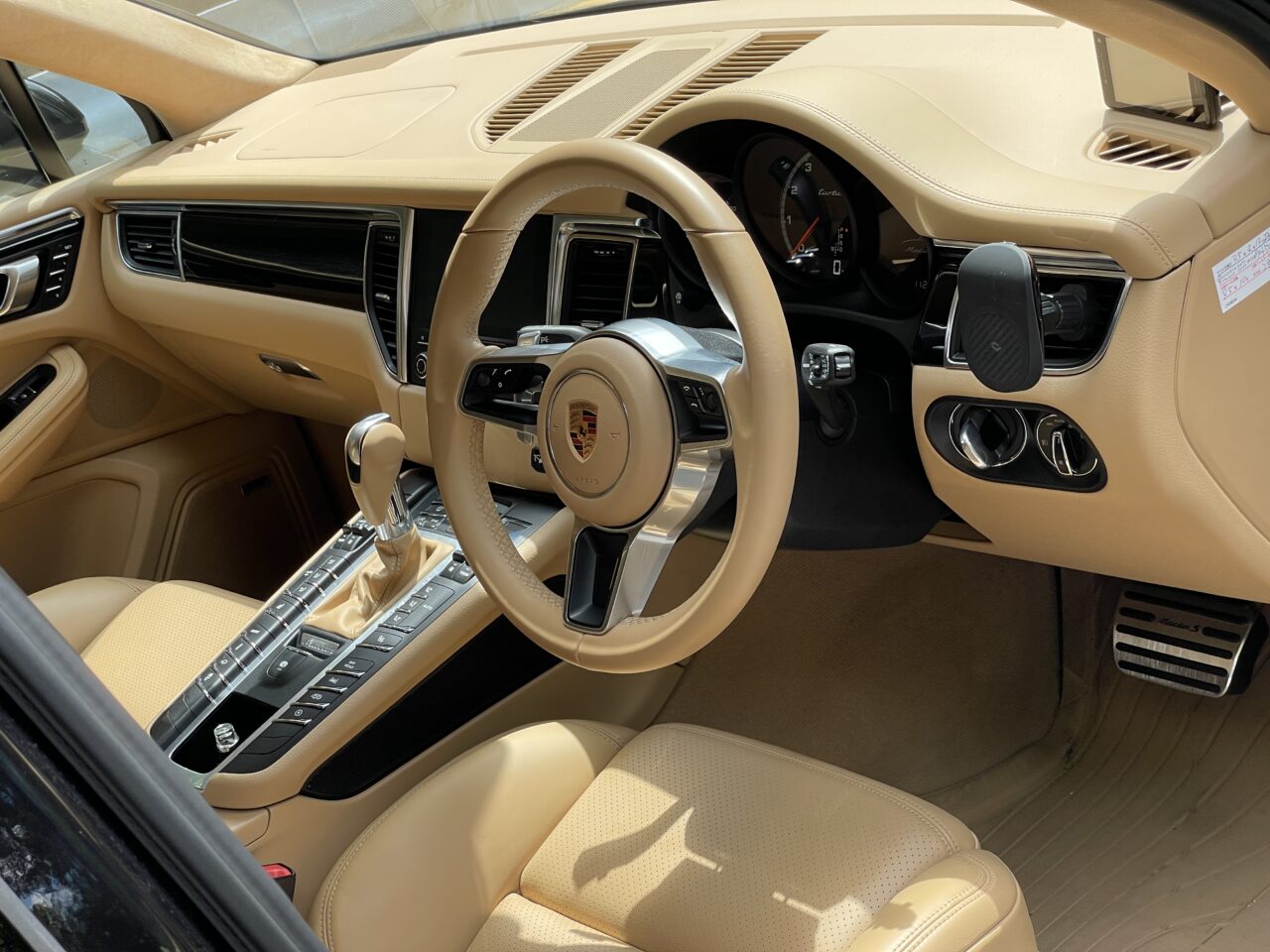
This particular car has just over 26,000 km on the clock, so all the moving parts have nicely settled in, and the PDK transmission control is very smooth. The ride comfort is excellent. The air suspension on the early Macan Turbo delivers a supple ride while providing superb steering feedback, weight, response, and tire contact feel.
I remember borrowing my younger brother’s early Macan Turbo and driving it on the highway for the first time. I was amazed by its high-speed stability and composure in fast corners.
Legally impossible, but I even thought it might be able to take all highway curves in Japan at over 180 km/h with ease.
The suspension remains exquisite as ever. This is truly Porsche’s signature chassis. Every time my wife rides in the early Macan, she excitedly says, “Yes! This is it!”—and she can tell within just a few dozen meters of driving.
By the way, the mid- and late-model suspensions feel progressively lighter overall compared to the early model. In a good way, they’re more refined, with NVH well controlled and some filtering of the tactile feedback and information transmitted through the steering wheel. This gives a sense of refinement similar to Audi or Mercedes.
Therefore, if you’re looking for a sporty SUV that’s comfortable for city driving, these later models are excellent choices.
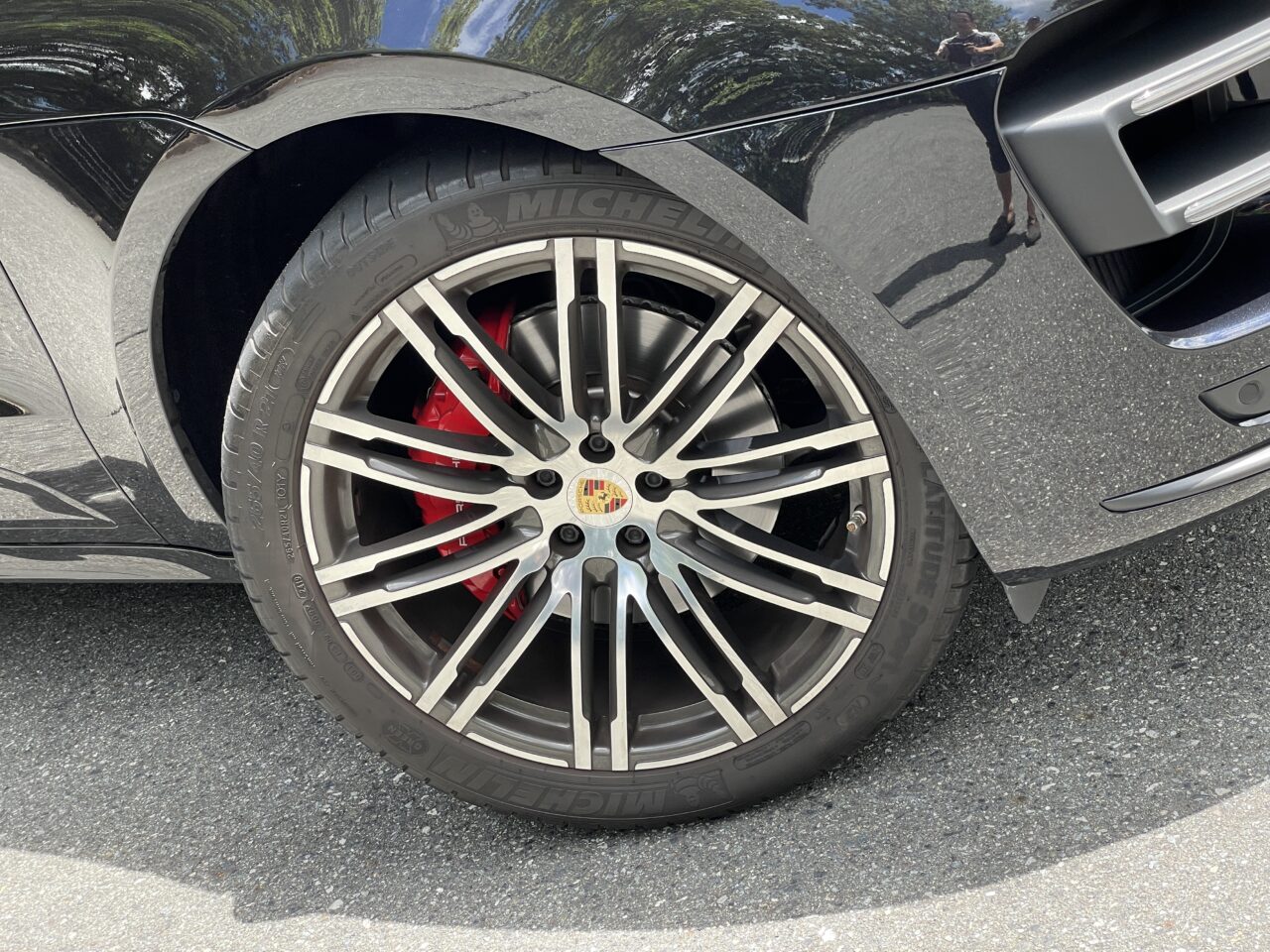
The early model almost seems to say, “I’m a Porsche sports car, so what?” and “If you have complaints, go elsewhere.” Its character and concept are crystal clear—it was designed as a sports car, not just an SUV.
Although I haven’t experienced it myself, I’ve heard that even the base early Macan is sporty and fun to drive. While it has less power, the driving feel remains the same.
Handling, Engine, Sound, and PDK
When you press the air suspension button to lower the ride height and drive in Sport mode, it truly feels like a sports car. The center of gravity drops significantly, and the stability and behavior in corners are unthinkable for an SUV.
That said, some people might think, “Can it really drive like a Cayman or 911? If so, buying a Macan should be satisfying.” But even the Macan can’t defy the laws of physics. It can’t match the low center of gravity and light weight of a 911 or Cayman, so don’t expect the same level of dynamic performance. Those models remain in a class of their own.
However, the driving feel is unmistakably Porsche.
The steering feedback, the initial response delay, and the tire contact feel are clearly different from other manufacturers. When you blast up the Royu Esses, it feels very similar to my owned 991 Carrera 4 GTS, so much so that I sometimes mistake it for a Carrera 4.
The main differences are in cornering speed and acceleration numbers, but in terms of intangible driving feel, they are very close.
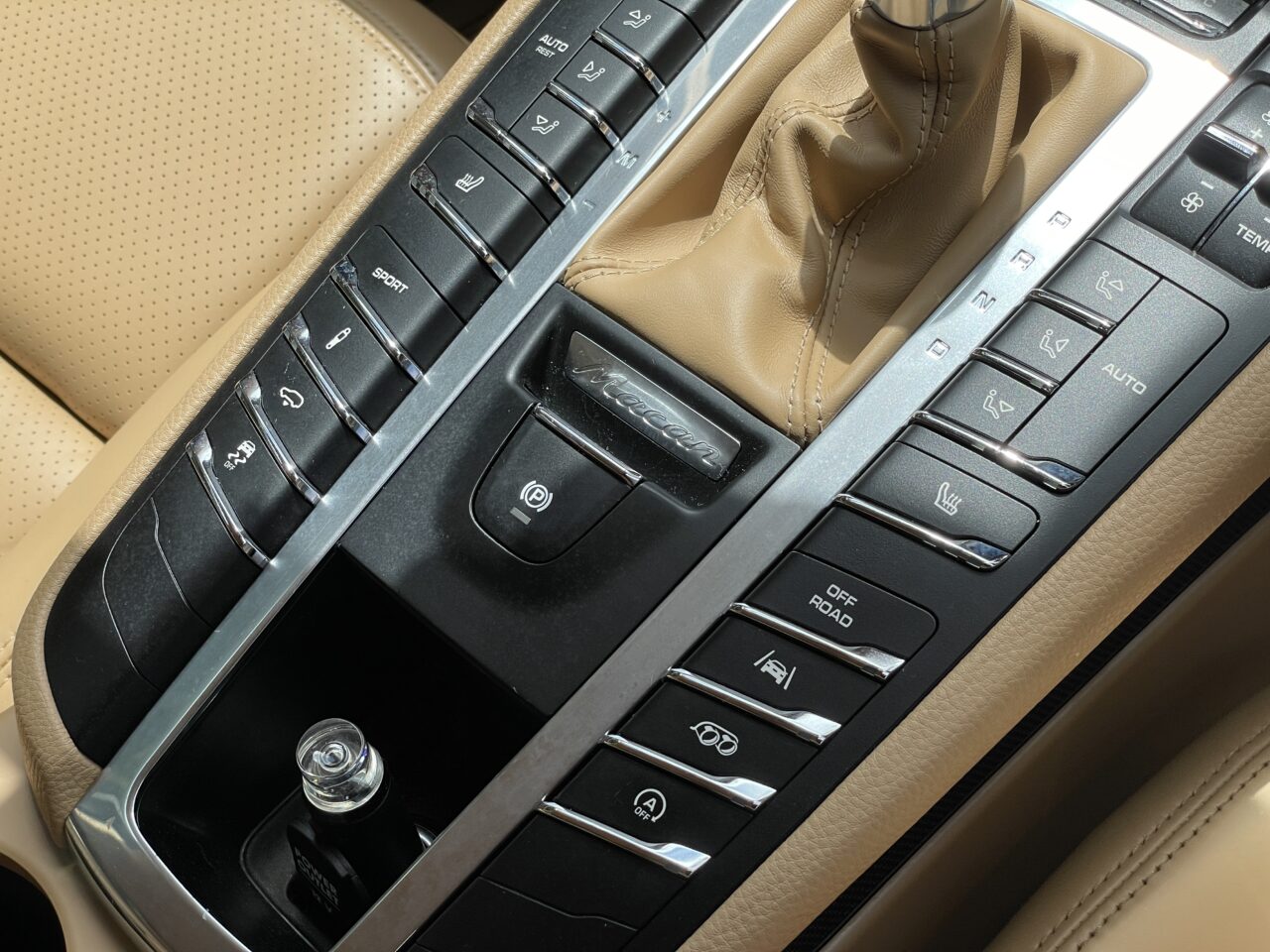 Highly recommend the air suspension.
Highly recommend the air suspension.
You can identify the air suspension button as the third button down on the left side.
Among early, mid, and late models, the biggest difference is in the PDK transmission control.
The early model’s PDK feels almost identical to those in the 991 and 981 series. This particular car doesn’t have the Sport Chrono Package, so it only goes up to Sport mode, but even then the shift sounds are fantastic.
Downshifts feature clear blipping, and upshifts with deep throttle produce a sporty “bonk!” sound.
I recall a 718 GTS owner test-driving the early Macan Turbo and saying, “This PDK is way sportier than the 718’s.” That stuck with me.
As a side note, the Sport Chrono Package in this era makes Sport Plus mode more dramatic than Sport mode. In contrast, current 718 and 992 models have the most dramatic effects in Sport mode. So if this Macan had the Sport Chrono Package and was driven in Sport Plus, the shifts would be even more spectacular.
The engine and exhaust sounds also have that era’s distinctive, thrilling tone. While a bit tamer than the early GTS, turning on the sports exhaust produces a fierce roar that you wouldn’t expect from a typical SUV.
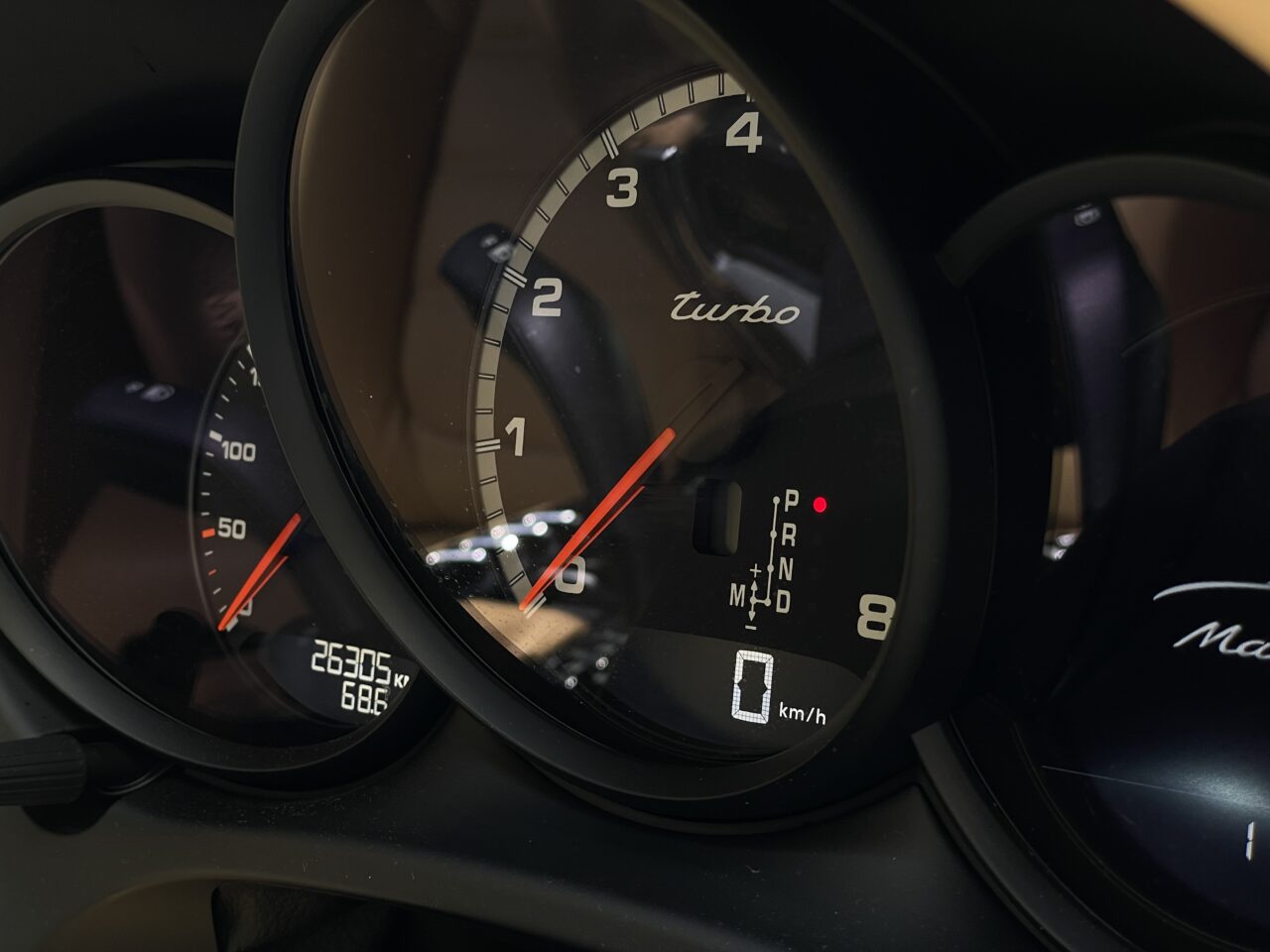
The engine power is more than sufficient at 400ps, so there’s never any frustration—it’s plenty fast. And the engine’s revving feel is excellent. Unlike the mid- and late-model engines, it doesn’t rev lightly with suppressed vibrations.
As a result, it has a somewhat raw character. The way it pulls at high revs and the speed of the tachometer needle rising clearly set it apart from typical sporty-tuned SUV engines.
Switching the PDK to manual mode and keeping the revs between 4000 and 5000 rpm while flowing through winding roads is very satisfying. The owner riding alongside said, “Is it really okay to rev it that high?” but this is the proper way to drive a Porsche.
This engine isn’t fragile enough to break at this level, and it was designed to run at high revs on the Autobahn. Driving at low revs below 2000 rpm in high gear isn’t really Porsche’s style and can cause sludge buildup, which is bad for the engine.
As I’ve said many times on this blog, the engine clearly runs better when you give it a good workout.
Mid and Late Models Seen from the Early Model, and Vice Versa
If you’ve read this far, you might think the early Macan is the best.
However, that’s not necessarily true—it’s the tricky part of choosing a car.
For someone like me who enjoys long-distance touring and driving spiritedly on mountain roads alone, the early Macan is the way to go. Personally, it’s my favorite.
But for those mainly using the car in urban areas like Tokyo for shopping and commuting, or those who don’t drive with high revs in manual mode, the late model will likely feel more comfortable and well-made.
Also, if your spouse drives the car more often, the late model is probably better. Its PDK shifts are refined and seamless, making you hardly notice the gear changes. The early model, on the other hand, emphasizes sportiness, which can feel less reassuring for everyday city driving. Many people prefer the latter for daily use due to its sense of security and reliability.
As for the mid model, think of it as a middle ground between early and late in terms of feel. Of course, the flavor varies greatly depending on grade and options, so it’s not a hard rule, but generally it occupies a balanced position.
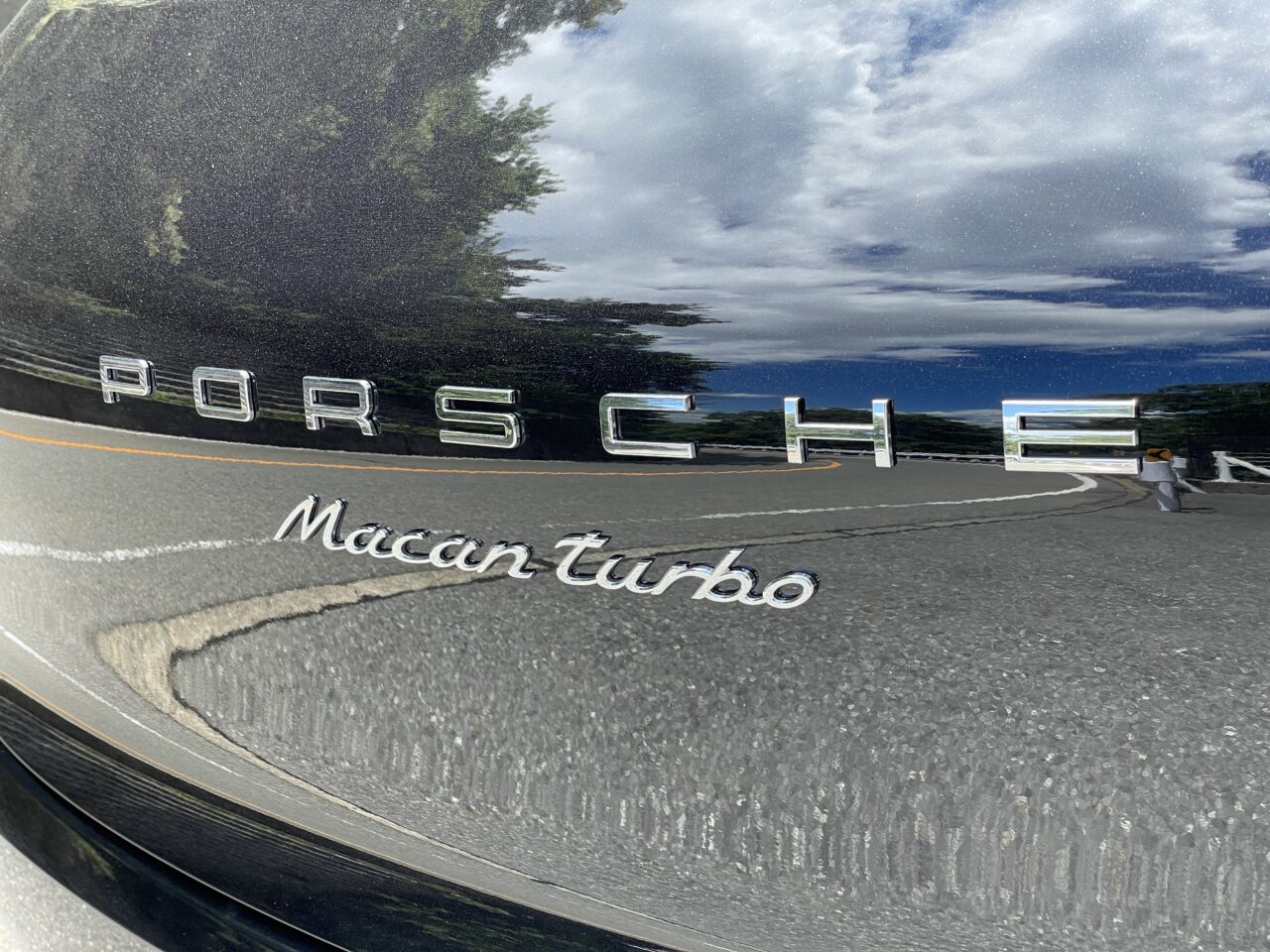
To summarize, here’s the overall impression (based on comparison; details vary by grade):
If you want a purely sporty Macan, go for the early model. It’s suited for those who enjoy driving on winding roads and driving for fun.
If you want a Macan that balances comfort and refinement while still being easy to drive, the mid model is a good choice.
And the late model prioritizes ease of driving and comfort over sound and sportiness. For those who want a Macan they can drive around town without a care, the late model is best.
The next Macan is announced to be electric. The Macans available now will likely be the last with gasoline engines.
I hope this article helps you clarify your goals and preferences so you can find the perfect Macan partner.
このブログが気に入ったらフォローしてね!


Comment ( 0 )
Trackbacks are closed.
No comments yet.